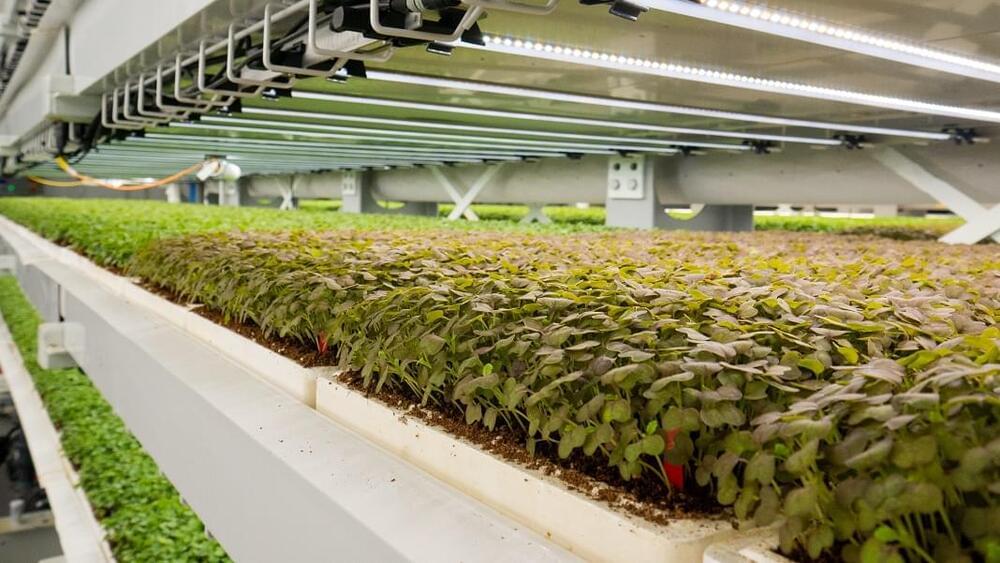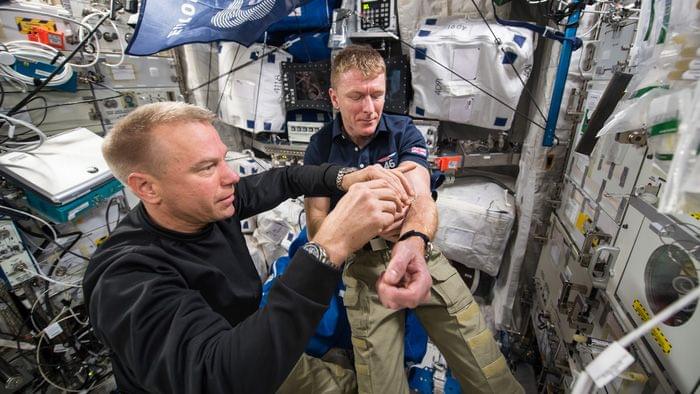Jan 20, 2022
New cancer therapy from Yibin Kang’s lab holds potential to switch off major cancer types without side effects
Posted by Quinn Sena in category: biotech/medical
Circa 2021 😃
Imagine you could cure cancer by targeting one tiny gene. Imagine that same gene occurred in every major cancer, including breast, prostate, lung, liver and colon. Imagine that the gene is not essential for healthy activity, so you could attack it with few or no negative side effects.
Cancer biologist Yibin Kang has spent more than 15 years investigating a little-known but deadly gene called MTDH, or metadherin, which enables cancer in two important ways — and which he can now disable, in mice and in human tissue, with a targeted experimental treatment that will be ready for human trials in a few years. His work appears in two papers in today’s issue of Nature Cancer.


















